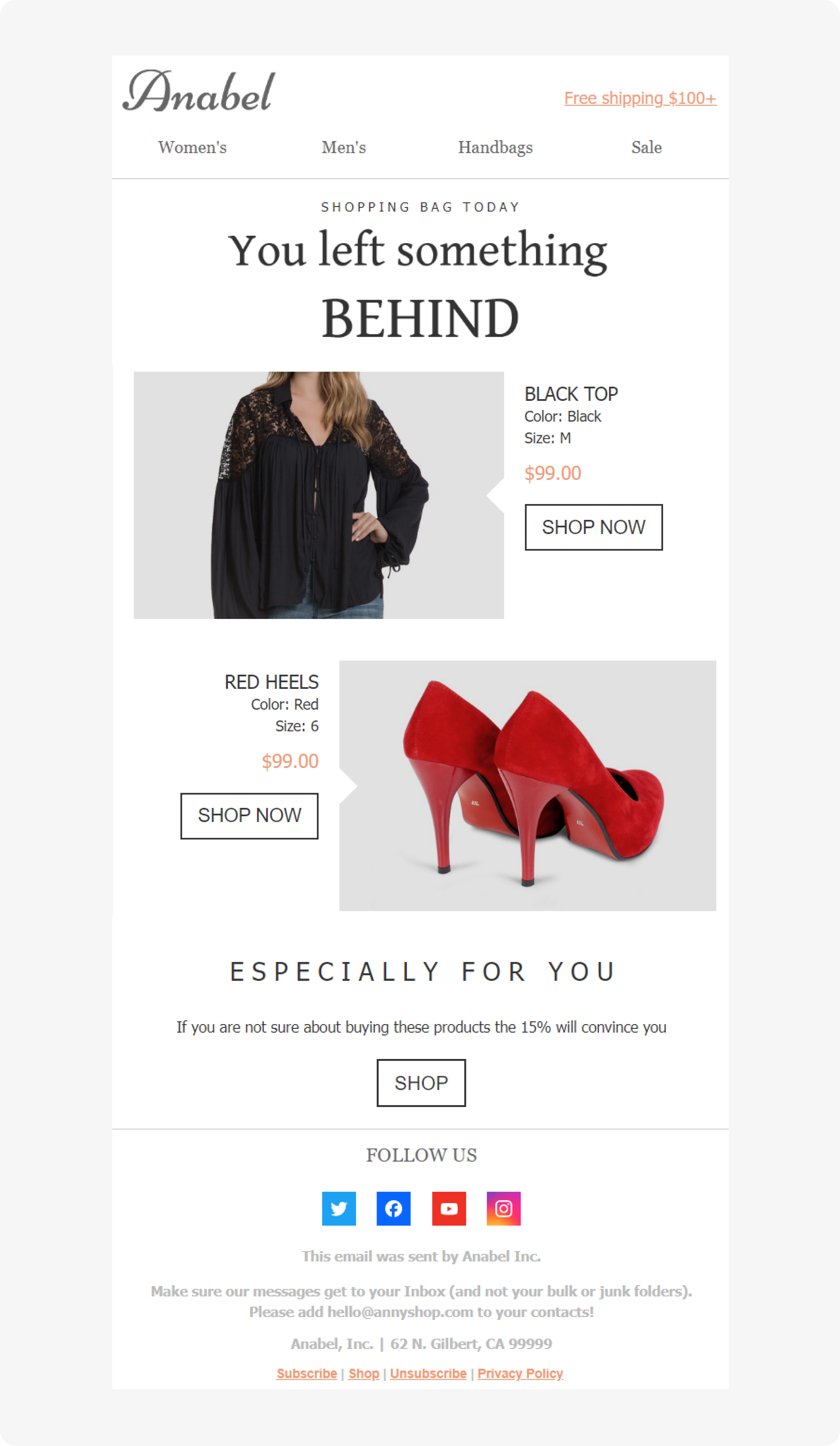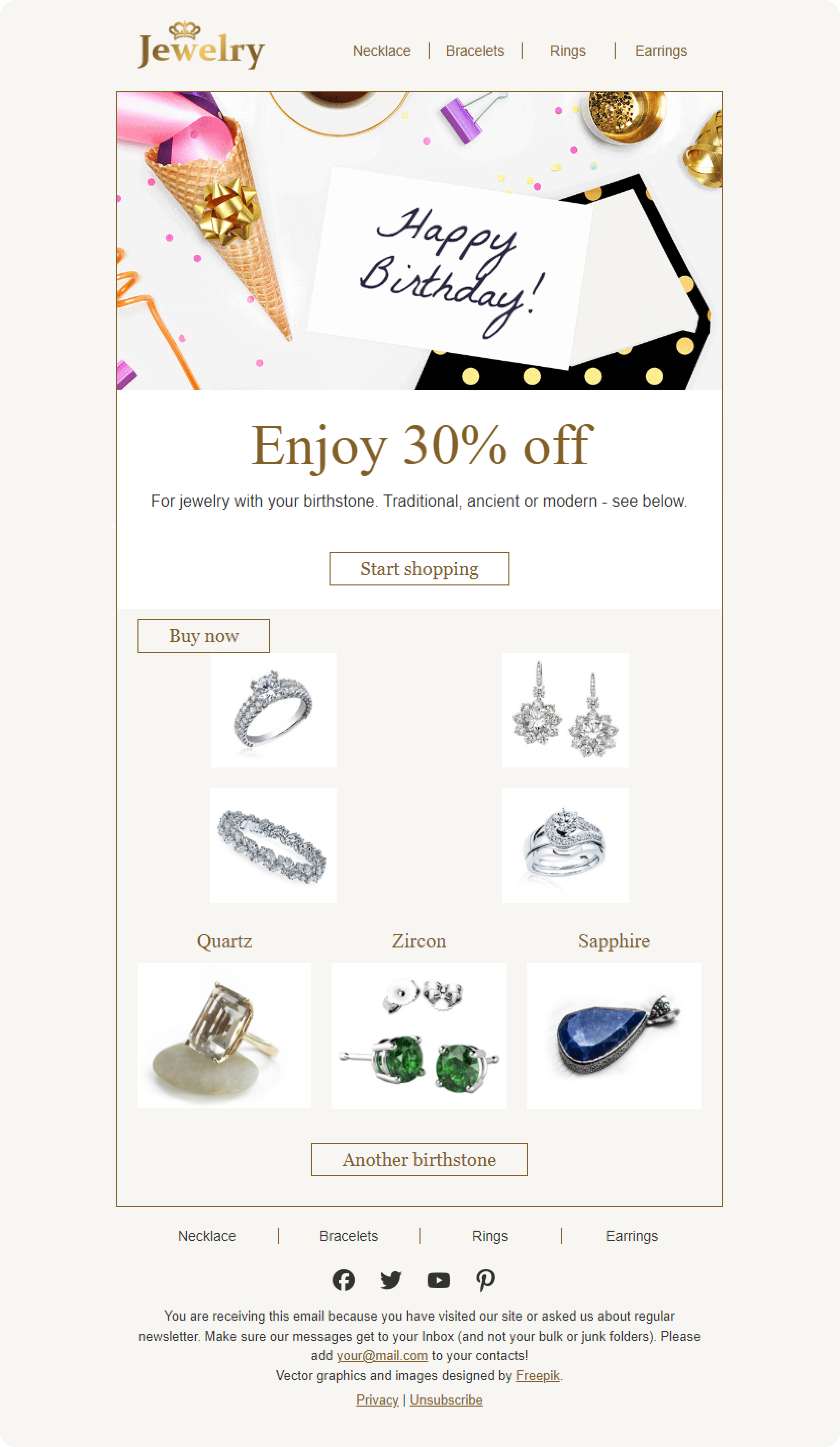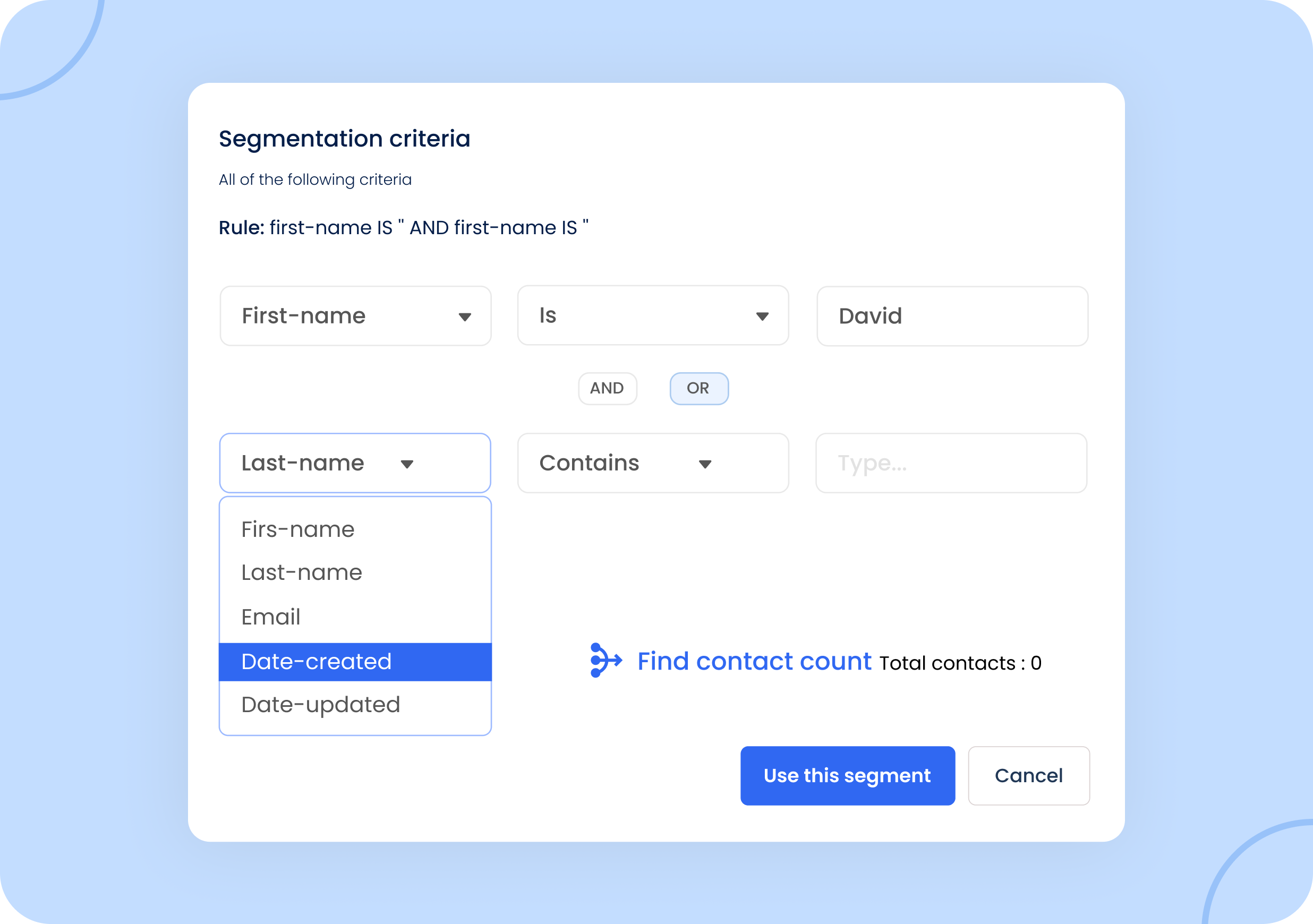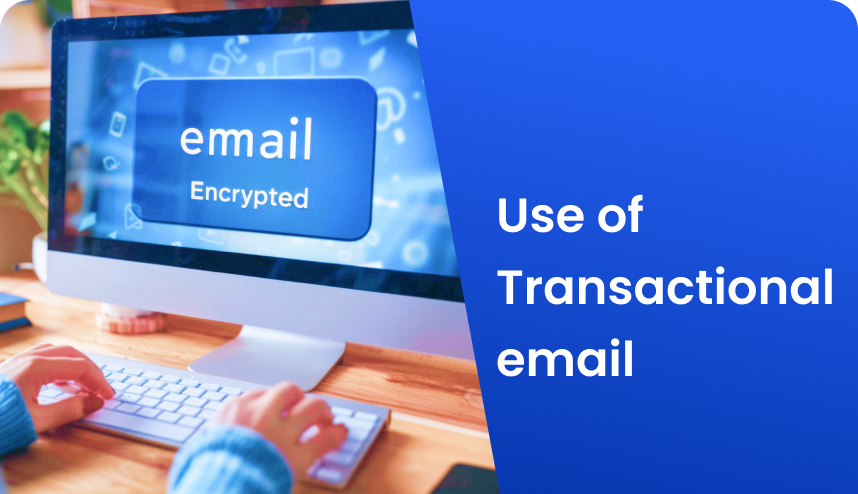Table of content
- Customer engagement
- Newcomers to your business
- Past purchase history
- Customer reviews
- Customer lifetime value (CLV)
- Purchase amounts
- Abandoned cart value
- Acquisition source
- Last viewed products
- Birthdays/anniversary
- Loyalty program status
- Location
- Customer preferences
- Advanced segmentation techniques
- Dynamic segments
- Predictive analytics
When you look at your subscriber data, it’s easy to focus solely on the numbers. But behind each statistic is a real person with a unique relationship to your business. One of the best ways to maintain and enhance that relationship is through email segmentation—sending targeted, relevant messages that resonate with your audience.
This blog will explore the concept of email segmentation, its benefits, and various strategies to implement it effectively.
Why is segmentation important?
Email segmentation is the process of dividing your email list into smaller groups based on specific criteria. This can include demographic information, behavioral data, geographic location, and more. The goal is to send tailored messages that meet the unique needs and interests of each segment, rather than blasting your entire list with the same content.
Why is this important? For one, it helps sustain subscribers’ trust and engagement. Imagine receiving a barrage of emails about flip-flops when you’re interested in formal dresses. You’d probably unsubscribe quickly. With tools like Gmail’s new unsubscribe feature, it’s easier than ever for your audience to end their relationship with your brand. Don’t give them a reason to hit that button.
Segmentation enables you to send fewer, more targeted messages. This not only increases engagement but also improves email deliverability and overall campaign performance. Let’s dive into some common types of email segmentation strategies and how they can benefit your marketing efforts.
Types of email segmentation strategies
Demographic segmentation
Demographic segmentation involves grouping subscribers based on characteristics like age, gender, income level, and education. This lets you send targeted emails about local events, promotions, or information that matters to people in specific areas. For example, you might send different products to new parents than to college students.
Behavioral segmentation
Behavioral segmentation focuses on subscribers’ actions and interactions with your brand. This can include their browsing behavior, past purchases, email engagement, and more. For instance, you can target your most active subscribers or those who frequently click on a particular category of products.
Psychographic segmentation
Psychographic segmentation groups subscribers based on their interests, values, lifestyles, and personalities. This helps you send emails that align with what people care about, not just who they are. For example, you could target environmentally conscious subscribers with emails about eco-friendly products.
Geographic segmentation
Geographic segmentation groups subscribers by their location. This allows you to send specific emails about events, promotions, or information that matters to people in their area. For example, you can promote a sale at a local store or a new product launch in a specific city.
Now that we’ve covered the basics, let’s explore some specific segmentation strategies to boost customer loyalty and sales.
Effective email segmentation strategies
Customer engagement
One of the most valuable segments is your engaged subscribers—those who have interacted with your emails recently. Focus on targeting them with content they’re likely to care about.
Newcomers to your business
New subscribers may not be ready to buy immediately, but they’ve shown interest in your brand. Nurture this interest by sharing top product features, brand stories, customer reviews, and other content that helps them get to know you better.

Past purchase history
Segmenting based on past purchase history allows you to deliver tailored offers and promotions. After a purchase, you can send follow-up emails with setup instructions, related products, or reminders to reorder consumable items.
Customer reviews
Segment customers who have left reviews for your products or site. Send appreciation notes for positive reviews or incentives for future reviews and purchases. For negative reviews, respond to show you value their feedback and try to win them back.
Customer lifetime value (CLV)
Segmenting by CLV helps you identify your most valuable customers. Offer VIPs early access to new products, frequent purchasers early access to sales, and big spenders exclusive product drops. For unengaged VIPs, consider deeper discounts to re-engage them.
Purchase amounts
Similar to CLV, segmenting by purchase amounts allows you to target different customer segments with specific offers. Highlight value-driven offers to low spenders, exclusive discounts to medium spenders, and VIP rewards to high spenders.
Abandoned cart value
Abandoned cart emails are effective, but you can increase profitability by segmenting by cart value. For low-value carts, send compelling messaging without a coupon. For high-value carts, offer a discount to boost ROI.

Acquisition source
Knowing how customers signed up for your list can inform your segmentation strategy. Tailor your welcome series based on whether they signed up via your website, a referral, social media, or in-store.
Last viewed products
Similar to abandoned cart emails, browse abandonment emails target customers who viewed a product page without making a purchase. Focus on your top bestsellers or group products by category to start.
Birthdays/anniversary
Sending birthday or anniversary offers is a great way to build loyalty and drive purchases. Offer a discount code or a gift with the purchase, and let your customers know ahead of their birthday.

Loyalty program status
Segmenting based on loyalty program status allows you to deliver personalized offers to frequent buyers or VIPs, increasing their engagement and loyalty.
Location
Geographic segmentation is particularly useful for international brands. Send relevant messages based on weather, season, shipping offers, and product availability by location.
Customer preferences
Understanding your audience’s preferences helps you send them more of what they want and less of what they don’t. Use digital tools to gather data on their interests and behaviors to create impactful segments.
Advanced segmentation techniques
Beyond basic segmentation, advanced techniques like dynamic segments and predictive analytics can further enhance your email marketing strategy.
Dynamic segments
Dynamic segments update automatically in real-time based on subscribers’ behavior and data. This ensures your segments are always current and relevant, saving time and resources.
Predictive analytics
Predictive analytics allows you to make informed assumptions about your customers’ future behavior. This data-driven approach can help you deliver personalized offers and increase engagement.
Kasplo segmentation: your go-to solution
With Kasplo, targeting your audience is simpler and more effective than ever. Offering advanced features like dynamic segmentation, real-time updates, and predictive analytics, Kasplo helps you create highly personalized email campaigns. With flexible conditions like “And” and “Or,” you can fine-tune your segmentation strategies to ensure your emails always hit the mark, engaging your audience and boosting sales. Choose Kasplo for a smooth and powerful email marketing experience.

To wrap up
Email segmentation is the backbone of personalized messaging that improves brand trust and creates more relevant customer experiences. By using the right segmentation strategies, you can boost customer loyalty and sales. Try the Kasplo email marketing platform that supports dynamic segments, predictive analytics, and automated updates to execute your segmentation strategy effectively. Implementing these strategies will ensure you’re sending the right message to the right person at the right time, fostering stronger relationships with your subscribers and driving business growth.



